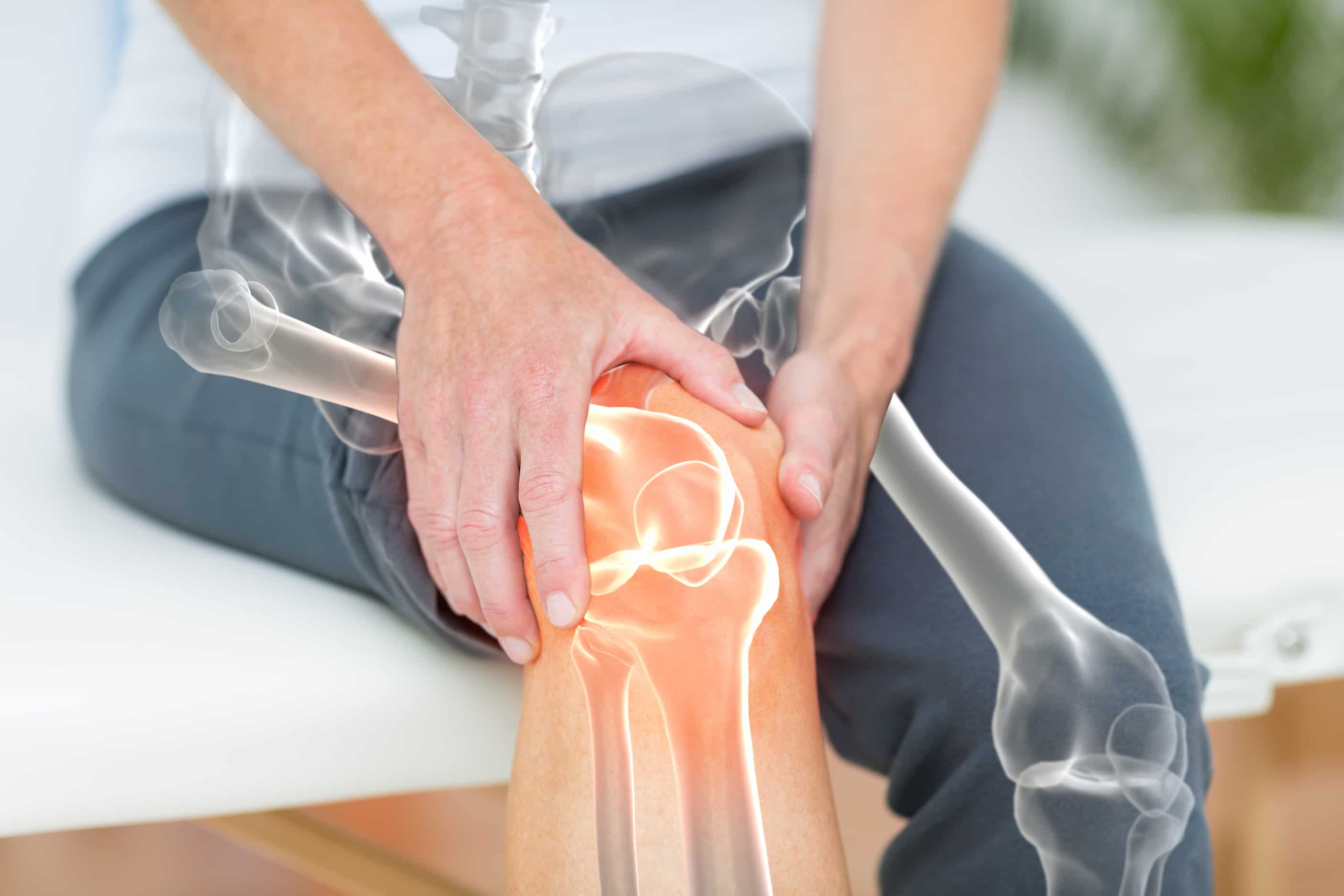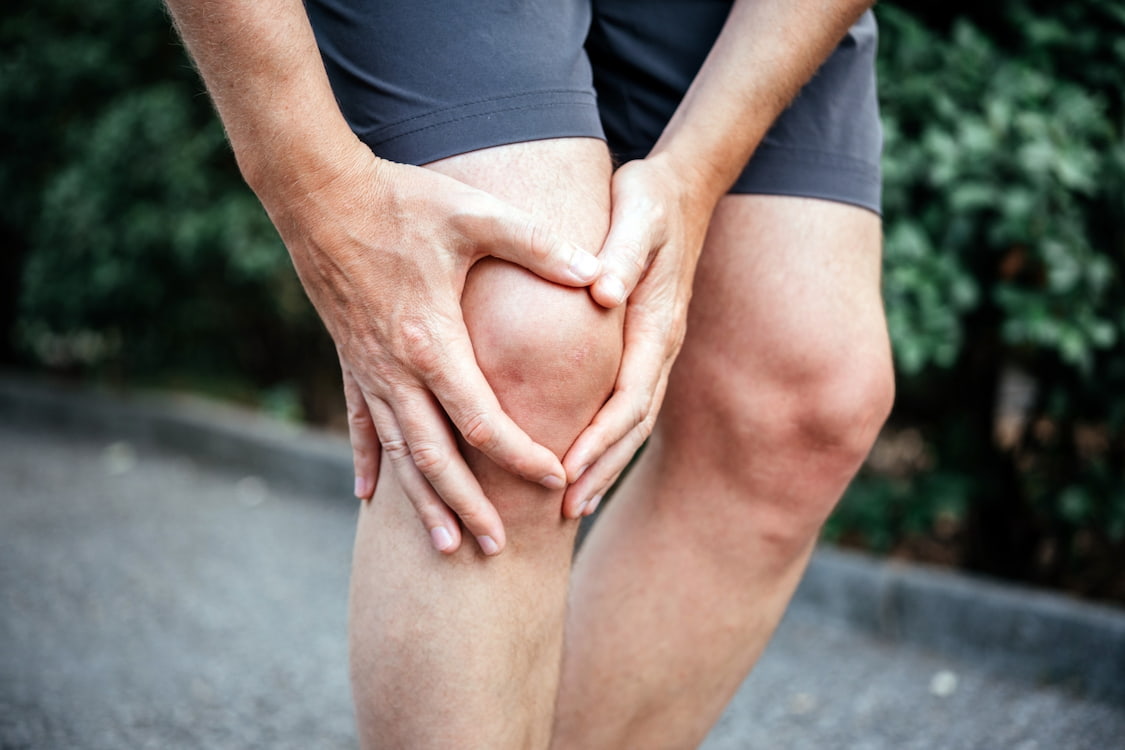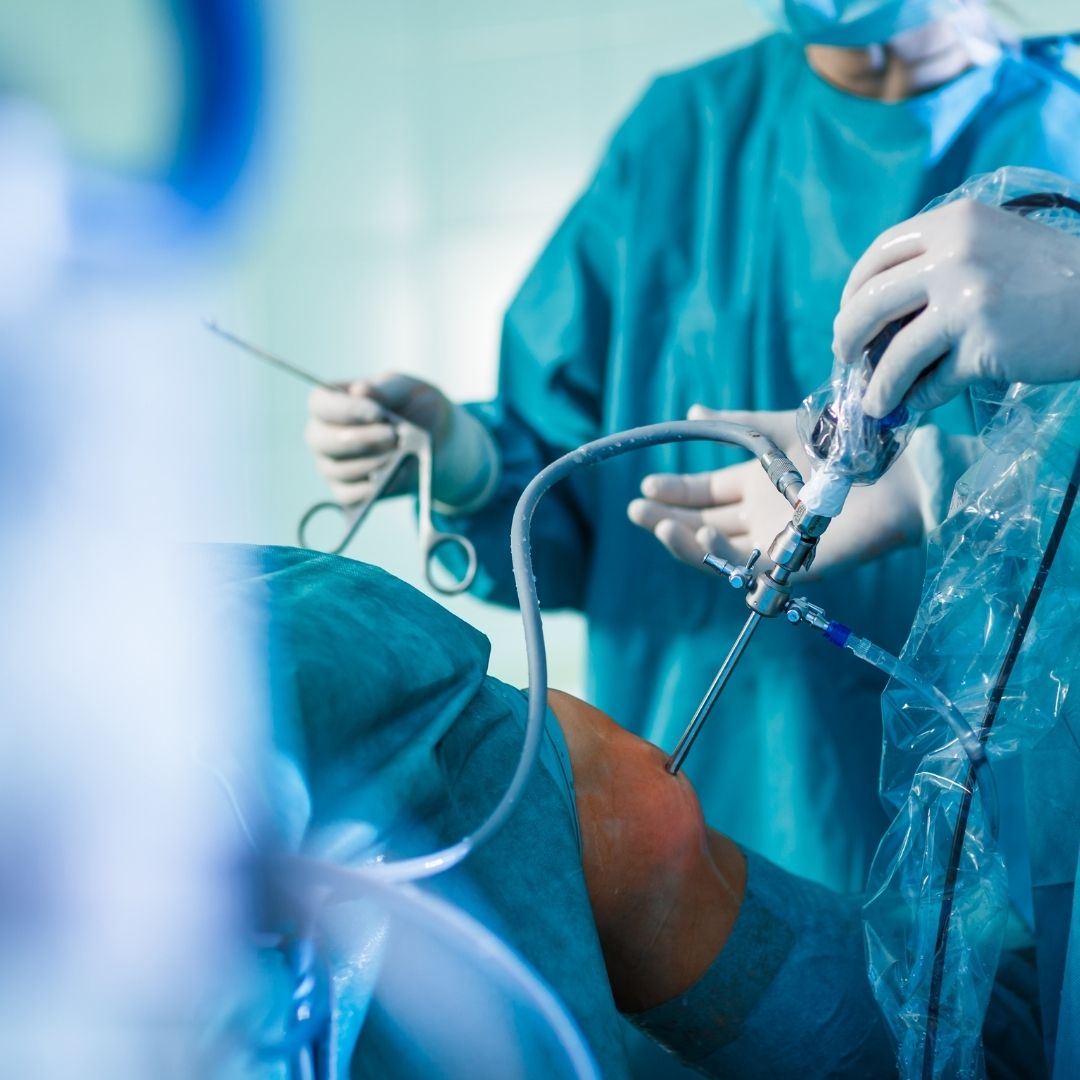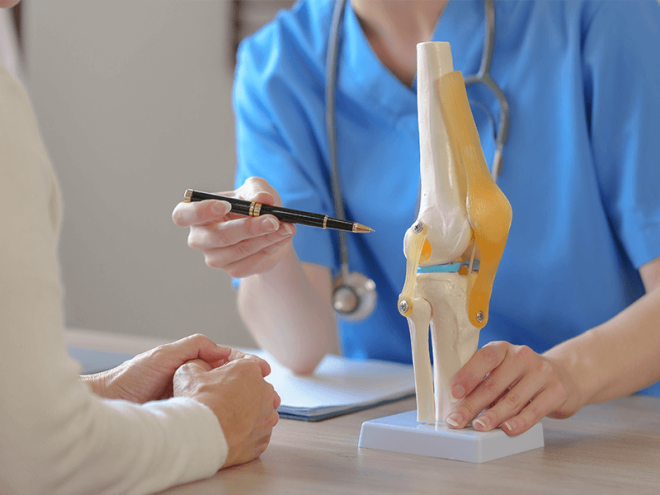.jpg)
Knee Replacement Recovery
Knee replacement surgery is a major procedure that involves replacing a damaged or worn-out knee joint with an artificial one. While the surgery can alleviate pain and improve mobility, the recovery process can be long and challenging.
Many patients make mistakes during their recovery that can slow down their progress and even cause complications. In this article, we will discuss the top five mistakes after knee replacement surgery and how to avoid them.
Top 5 Mistakes After Knee Replacement
After knee replacement surgery, it is important to follow your doctor’s instructions and adhere to a strict post-operative care plan. However, many patients make common mistakes that can delay the healing process and increase the risk of complications. Here are the top 5 mistakes to avoid after knee replacement surgery:
1. Skipping Physical Therapy: Physical therapy is a crucial part of the recovery process after knee replacement surgery. It helps to improve strength, flexibility, and range of motion in the knee, and can also prevent complications such as blood clots. Skipping physical therapy sessions or not fully participating in the exercises can delay the healing process and prolong recovery time.
2. Not Managing Pain: Pain is a common symptom after knee replacement surgery, but it is important to manage it effectively. Failure to take pain medication as prescribed or not reporting changes in pain levels to your doctor can lead to complications and prolong recovery time.
3. Ignoring Swelling: Swelling is another common symptom after knee replacement surgery, but it is important to monitor it closely. Excessive swelling or fluid buildup can lead to complications such as infection or stiffness. It is important to report any changes in swelling to your doctor and to elevate the leg as directed.
4. Not Following Weight-Bearing Restrictions: Weight-bearing restrictions are put in place to protect the knee and promote proper healing. Failure to follow these restrictions can delay the healing process and increase the risk of complications such as implant loosening. It is important to follow your doctor’s instructions regarding weight-bearing restrictions and to use assistive devices such as crutches or a walker as directed.
5. Returning to Normal Activities Too Soon: While it is important to stay active during the recovery process, returning to normal activities too soon can delay the healing process and increase the risk of complications. It is important to follow your doctor’s instructions regarding activity levels and to gradually increase activity as directed.
By avoiding these common mistakes and following your doctor’s instructions, you can support a successful recovery and enjoy the benefits of a new, healthy knee.
Worst Day After Knee Replacement
The worst day after knee replacement surgery is typically the first or second day after the procedure. This is when the anesthesia wears off and the pain and swelling are at their peak. Many patients experience nausea, dizziness, and fatigue during this time as well. It is important to have a support system in place to help you during this difficult time, whether it be a family member, friend, or healthcare provider.
During the worst day after knee replacement, it is important to focus on pain management and following your doctor’s instructions for rest and recovery. You may be advised to elevate your leg, use ice packs, and take pain medication as prescribed. It is also important to stay hydrated and eat a healthy diet to support your body’s healing process.
Permanent Restrictions After Knee Replacement
While knee replacement surgery can improve mobility and quality of life, there are some permanent restrictions to consider. Patients may be advised to avoid high-impact activities such as running or jumping, as well as contact sports. Activities that involve twisting or pivoting on the knee, such as tennis or skiing, may also be limited.
It is important to have a conversation with your doctor about any permanent restrictions after knee replacement surgery and to follow their advice to avoid re-injury or complications. In general, low-impact activities such as walking, swimming, and cycling are safe and recommended for maintaining strength and mobility.
What to Expect One Year After Total Knee Replacement
One year after total knee replacement, most patients experience significant improvements in mobility and pain relief. Many are able to return to activities they enjoy, such as hiking, gardening, or traveling. However, it is important to note that the recovery process is unique to each patient and can vary based on factors such as age, overall health, and adherence to post-operative care.
At one year after knee replacement surgery, most patients have completed their physical therapy program and are able to perform daily activities such as walking, climbing stairs, and driving. It is important to continue to exercise and maintain a healthy weight to support the longevity of the knee replacement.
While some patients may experience mild discomfort or stiffness, many are able to resume their normal activities without significant pain or limitations. However, it is important to continue to follow your doctor’s advice and to communicate any concerns or changes in your symptoms.
Knee Replacement Surgery Recovery Time Off Work
The recovery time off work after knee replacement surgery can vary depending on the patient’s job requirements and overall health. In general, patients should plan to take at least six weeks off work to allow for proper healing and rehabilitation.
For patients with physically demanding jobs or jobs that require prolonged periods of standing or walking, a longer recovery period may be necessary. It is important to have a conversation with your doctor about your job requirements and any necessary accommodations or restrictions.
It is also important to have a plan in place for returning to work, such as gradually increasing your hours or adjusting your workload as needed. Many employers offer accommodations such as flexible schedules or ergonomic workstations to support employees during their recovery.
Must Haves After Knee Surgery
There are several must-haves after knee surgery to support a smooth and comfortable recovery. These include:
Compression Stockings: Compression stockings help prevent blood clots and swelling in the legs during the recovery process.
Assistive Devices: Assistive devices such as crutches or a walker can help you navigate your home and complete daily tasks during the early stages of recovery.
Ice Packs: Ice packs can help reduce pain and swelling in the knee and should be used as directed by your doctor.
Comfortable Clothing: Loose-fitting, comfortable clothing can help prevent irritation or discomfort around the incision site.
Medications: Pain medication and any other medications prescribed by your doctor should be readily available and taken as directed.
The Study of After Knee Replacement
A comprehensive study published in the Journal of Orthopedic Surgery and Rehabilitation in 2019 examined the postoperative recovery process of knee replacement patients. The study followed a group of 500 patients who underwent knee replacement surgery and assessed their adherence to post-operative care plans. The findings of this study highlighted the critical role of physical therapy in improving strength, flexibility, and range of motion in the knee, ultimately leading to a faster and more successful recovery.
Patients who consistently attended physical therapy sessions experienced reduced complications such as blood clots and a shorter overall recovery period. This study emphasizes the importance of physical therapy in the post-knee replacement recovery process.
Knee Replacement Recovery Tips
In addition to avoiding the top five mistakes after knee replacement surgery, there are several other tips to support a successful recovery:
Stay Active: Regular exercise and physical therapy can help improve strength, flexibility, and range of motion in the knee.
Maintain a Healthy Diet: Eating a balanced diet with plenty of nutrients can support the healing process and overall health.
Quit Smoking: Smoking can delay the healing process and increase the risk of complications. Quitting smoking before surgery can help support a smoother recovery.
Get Plenty of Rest: Adequate rest and sleep are essential for the body to heal and recover after surgery.
Communicate with Your Healthcare Team: It is important to communicate any concerns or changes in symptoms with your healthcare team to ensure the best possible outcome.
In conclusion, knee replacement surgery can be a life-changing procedure for those experiencing chronic pain or limited mobility. However, the recovery process can be challenging and requires patience, dedication, and proper care. By avoiding common mistakes, having a support system in place, and following your doctor’s advice, you can support a successful recovery and enjoy the benefits of a new, healthy knee.



